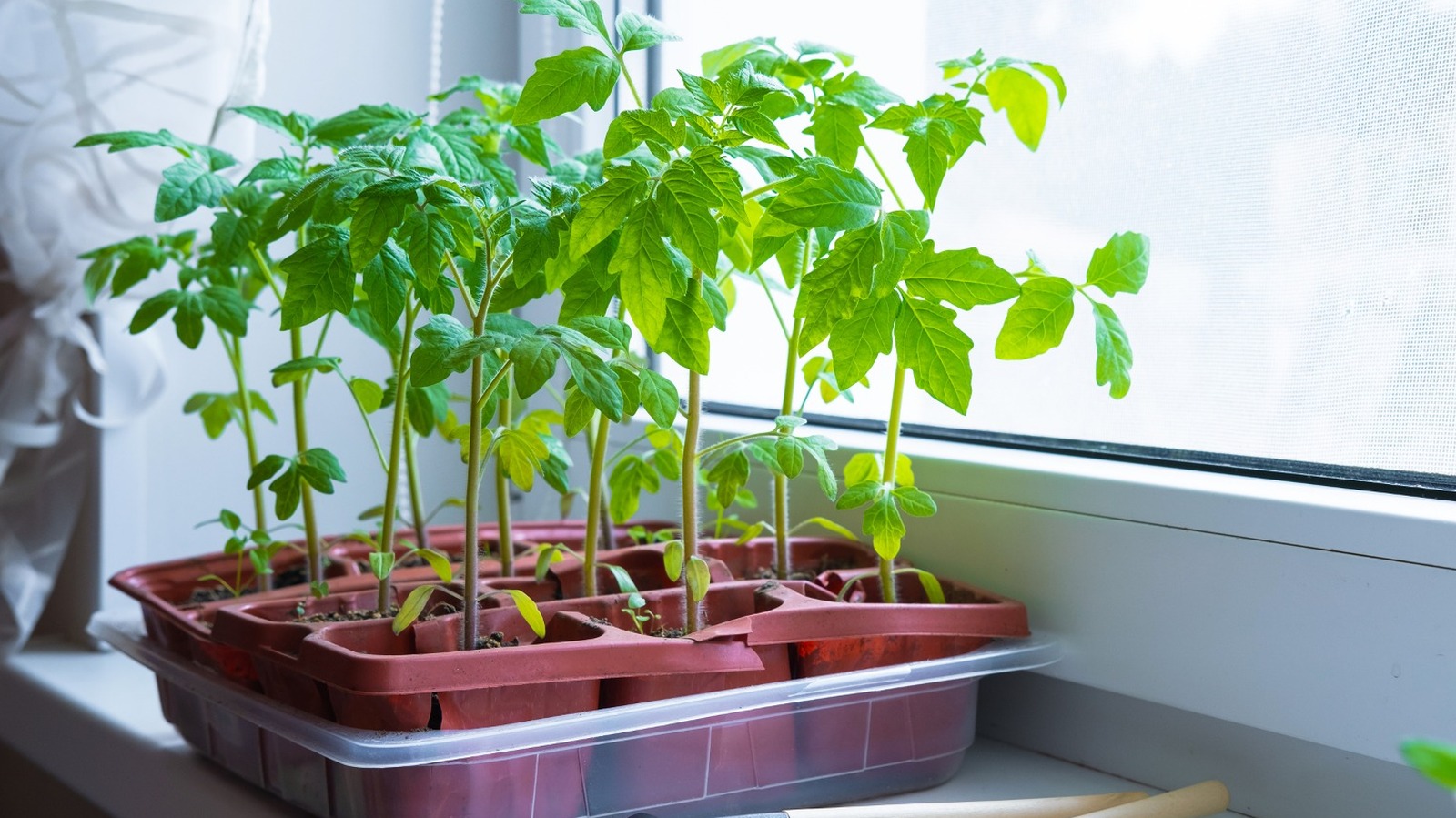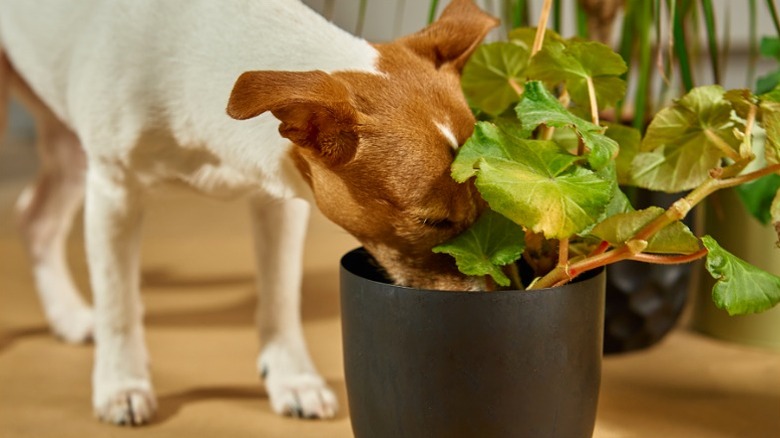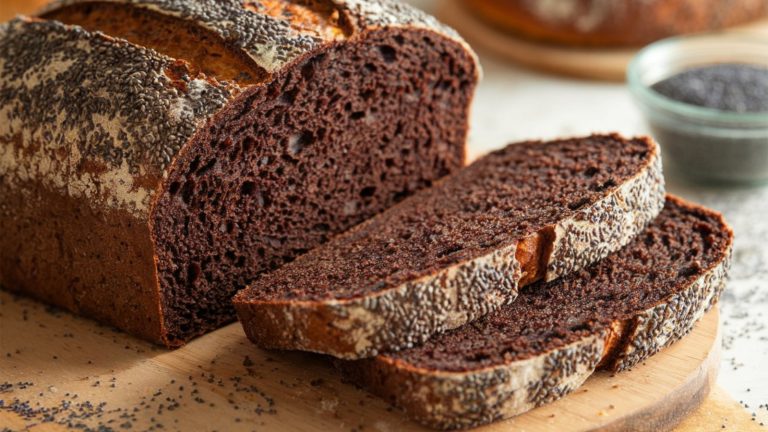The price of produce is on the rise, but that doesn’t have to mean breaking the bank for fresh and nutritious food. Urban gardening initiatives and farmers’ markets have been cropping up to get people engaged with locally sourcing food, and you can bring the fun home with your own vegetable garden. There are plenty of fruits, vegetables, and fresh herbs you can grow in your indoor garden as a rookie. That being said, there are also some crops first-time indoor gardeners should avoid.
The most important consideration for an indoor garden is space in every dimension. Corn and sunflowers (for the seeds) need a lot of sunlight and vertical room to stretch, along with roots strong enough to support them. Root vegetables need space to avoid overcrowding and stunting each other’s growth. For instance, potatoes might need up to two feet of depth to accommodate their roots. Melons and pumpkins have long, sprawling vines that are destined to spill out of their container.
Celery takes a long time to grow and needs a substantial amount of moisture and cooler temperature maintenance. Broccoli, cauliflower, lettuce heads, and artichokes require similar attention to detail, along with soil to be maintained at a specific pH level for some. Raspberries and blackberries grow tall and sometimes need support structures to keep them from bending over. Most anything that grows on a tree is just plain impractical.
Not every crop belongs in an indoor garden
If you’re a first-time indoor gardener with pets in your home, then it’s super important to avoid growing foods that could be toxic to animal companions. Even with protective measures in place, some pets are bound to get into something that they shouldn’t eat. Aloe and plants in the allium genus (onion, garlic, chive, and leek) are delicious to humans but can be poisonous if ingested by dogs and cats.
If you’re living in an apartment or dorm without openable windows or poor air circulation, you’ll want to avoid growing crops that require complex watering, lighting, and soil care. When plants aren’t drained properly and have too much water in a humid environment, mold can appear and ruin your hard work. While it’s not the end of the world if you lose a plant or two, it’s going to be really annoying if those spores spread to nearby surfaces. For the same reasons of spores spreading, it’s also not recommended to plant mushrooms, which naturally produce spores, in this type of environment as a new gardener (don’t consume mushrooms that grow in your backyard, either).
None of these precautions are to scare you from growing food indoors. Gardening is a skill that requires time and a lot of trial and error to improve, but a good gardener will roll up their sleeves and keep at it until they’ve mastered all the techniques to help their crops thrive. Some foods are just less forgiving than others when starting out.






